Samsung and LG are two well-known brands in South Korea. Which one is stronger? This is also a question of many families in Kazakhstan and South Korea. Today, Xiao Bian gave a detailed introduction for everyone and compared them to see which one was better.
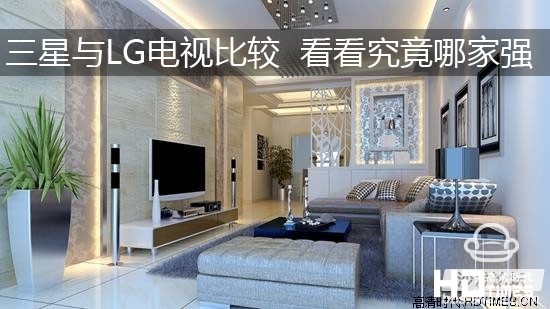
SMART TV control interface comparison
Samsung:
Samsung's smart TV built-in control platform named "SMART HUB", Chinese is the meaning of the smart center. This control platform has all the additional features of the TV. With the separate buttons on the remote control, you can enter the SMART HUB Operation Center directly in any input signal mode.
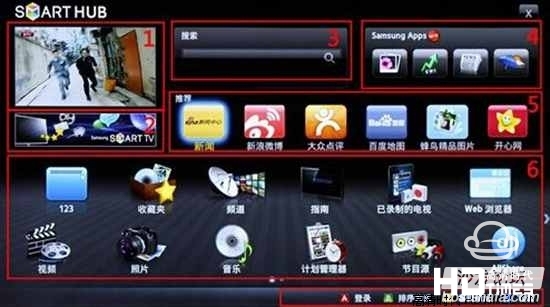
Samsung control interface
Samsung SMART HUB has a total of six functional areas, each with a lot of icons, so the information is large, but it also makes people feel a bit cluttered.
LG:
LG also designed an independent control interface for its smart TV. However, it did not name. Its start-up also requires exhalation through a special button on the remote control.
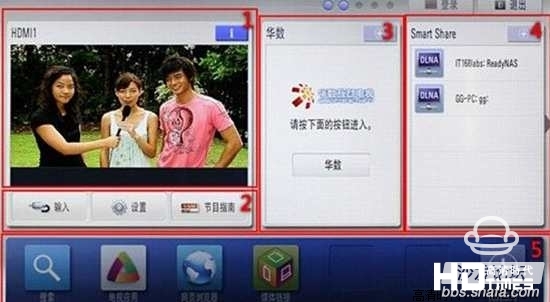
LG control interface
LG's smart control platform also has five functional areas, but the number of icons in each functional area is small, so the interface looks simple.
WEB Browser Comparison Experience
Samsung:
Samsung's WEB browser interface is very simple, the top set up a variety of function keys and address bar. The browser options also provide pop-up ads blocking, ad filtering, page encoding, scaling, favorites, etc.
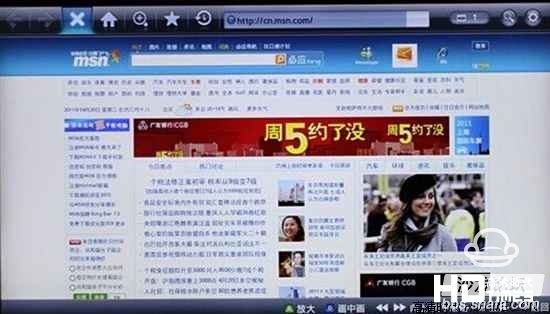
Samsung WEB Browser
LG:
Although the LG provides the WEB browser application icon in the control interface, after the confirmation is clicked, the "Preparing" prompt box still pops up. This function is completely unable to use normally. So for the time being, we have to give up temporarily on this project.
USB integrated playback function comparison experience
Samsung:
Samsung's USB playback capabilities divide video, music, and pictures into three different functional modules. People who are used to PC operations may feel uncomfortable.
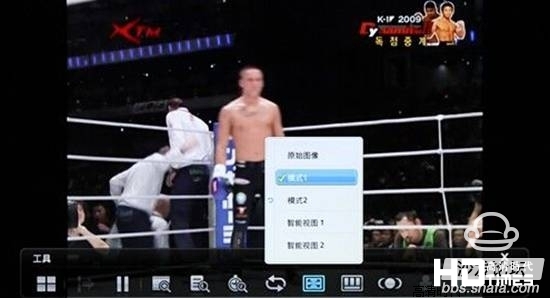
Samsung USB player
However, from a functional point of view, Samsung's USB video playback function is very mature, its support for a comprehensive format, including RMVB this common streaming media format, also supports H.264 encoding HD video, in addition to DD5.1 ​​DTS sound Tracks and SRT subtitles are also well supported.
LG:
LG offers USB playback capabilities that are closer to the PC's operating mode. The user must first enter the corresponding USB storage device and select the video or picture that he wants to watch through the directory browsing.
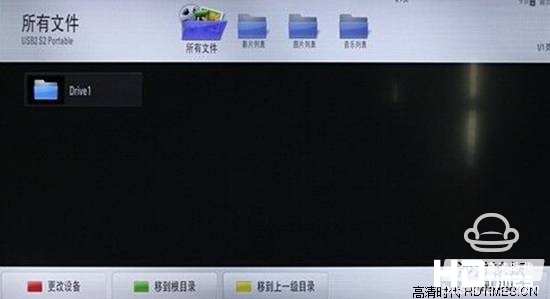
LG USB playback interface
From the point of view of compatibility, although the decoding chip of LG smart TV can support various high-definition video encodings, it cannot decode some multi-channel audio tracks, resulting in many film sources cannot be viewed normally.
Control & Input Device Comparison
Samsung:
In the input/remote control device, Samsung’s smart TVs perform relatively generally. It still uses a more traditional form of remote control. Although a lot of optimizations have been made for smart functions in the setting of keys, it is still more difficult for text input, especially Chinese and English mixed punctuation input.
LG:
In addition to being equipped with a traditional style, the LG also has an optimized remote control and is equipped with a dynamic remote control similar to the Nintendo WII controller. The viewer can select each function button by waving and moving the dynamic sensor controller. It feels a bit like using The mouse is just finished without the mouse pad in the air.
App & App Store Comparison Experience
Samsung:
Samsung's "Samsung Apps" is the first software store in the world to open and provide APPs for smart TVs. Generally speaking, according to the different countries, the applications provided in the App store will also be very different, especially in the application of the network application, localization will be based on the characteristics of the host country.
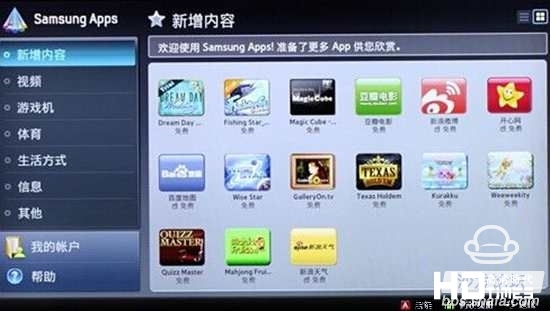
Samsung APP interface
Therefore, we have seen Samsung's APP launched in the mainland, especially the application of network applications to provide domestic common Sina, happy, Baidu, public comment, hummingbirds and so on.
In addition, many years of cooperation between Samsung and Sina also caused various Sina web applications (such as Weibo, weather, news, etc.) to appear in the form of APPs, with a relatively high proportion.
LG:
Although LG’s smart TVs have been on the market and have begun to sell, their declared APP stores have not been implemented. Click on the "TV application" icon system will pop up "preparing" prompt box.
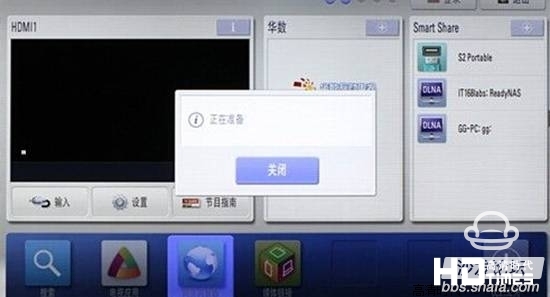
LG APP App Store does not work
Sales volume
Samsung:
In the third quarter of this year, Samsung Electronics sold 12 million flat-panel TVs worldwide; the total volume of flat-panel TV shipments was approximately 54 million units.
Affected by falling sales prices and fierce competition from Chinese and Japanese manufacturers, Samsung Electronics is responsible for TV and home appliance business division's profits for the third quarter of this year fell to 50 billion won.
LG:
In terms of LG Electronics, the HE (home entertainment) division of LG, which is responsible for the television business, achieved a revenue of KRW 470.4 billion in the third quarter and operating profit of YRW 130.5 billion.
Among them, revenue was 7% lower than in the second quarter and 3% lower than the same period of last year. Operating profit decreased by 16% month-on-month and 5% year-on-year. LG said it was mainly due to fierce competition in the global television industry.
The total number of TVs shipped by LG in 2014 was approximately 32 million units. For the color TV business strategy, LG Electronics stated in its financial report that the company will continue to expand the sales of high-end products such as ultra-high-definition (UHD) TVs, OLED TVs, and continue to optimize its cost structure to improve its revenue structure.
Who is the 2014 TV best?
Recently, Reviewed.com, a product reviewer of USA Today, selected LG Electronics’ 4.3-mm-thickness, 17-KG-weight OLED TV (model: EA9800) as the 2014 best TV product.
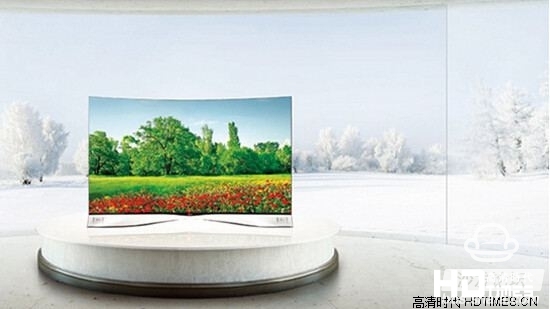
LG EA9800
In the United Kingdom on the other side of the Atlantic, a local consumer magazine named "Which" selected a curved UHD TV (model: HU8500) of Samsung Electronics as the TV of the year. It is said that the magazine tested 676 TV products from 24 manufacturers.
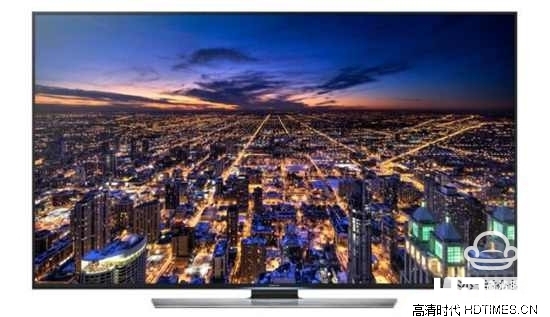
Samsung HU8500
It is understood that, although in the UHD TV market, Samsung has prevailed, but in the UHD TV panel upstream, LG Display is exceeding Taiwan Innolux.
However, LG's main product, OLED TV, is facing tough problems. LG Electronics' OLED TV panel suffers from pixel degradation, which is a more serious problem. At present, LG is taking measures to minimize pixel degradation.
However, these OLED TVs with pixel degradation are mostly old products sold in the early years. At present, the new products that LG sells, the life span of OLED light-emitting elements has been greatly extended, and in the daily use environment of users, there will be no big problems.
Pixel degradation produces a difference in brightness. To a certain extent, it looks like there is an afterimage or blemishes on the TV screen, which is what the industry calls a "ghost image". In layman's terms, it is "burning."
It is understood that OLED is very easy to burn. If the image is too long, the OLED will keep the image on the screen for a short period of time, and may even remain forever.
Which one is stronger?
In fact, each brand has its own advantages and disadvantages, we can not generalize, but can not limit its shortcomings. Just like Shakespeare said: There are a thousand Hamlets for a thousand people. We all have our own understanding of these brands. As two Korean TV brands, their quality is indisputable.

SMART TV control interface comparison
Samsung:
Samsung's smart TV built-in control platform named "SMART HUB", Chinese is the meaning of the smart center. This control platform has all the additional features of the TV. With the separate buttons on the remote control, you can enter the SMART HUB Operation Center directly in any input signal mode.

Samsung control interface
Samsung SMART HUB has a total of six functional areas, each with a lot of icons, so the information is large, but it also makes people feel a bit cluttered.
LG:
LG also designed an independent control interface for its smart TV. However, it did not name. Its start-up also requires exhalation through a special button on the remote control.

LG control interface
LG's smart control platform also has five functional areas, but the number of icons in each functional area is small, so the interface looks simple.
WEB Browser Comparison Experience
Samsung:
Samsung's WEB browser interface is very simple, the top set up a variety of function keys and address bar. The browser options also provide pop-up ads blocking, ad filtering, page encoding, scaling, favorites, etc.

Samsung WEB Browser
LG:
Although the LG provides the WEB browser application icon in the control interface, after the confirmation is clicked, the "Preparing" prompt box still pops up. This function is completely unable to use normally. So for the time being, we have to give up temporarily on this project.
USB integrated playback function comparison experience
Samsung:
Samsung's USB playback capabilities divide video, music, and pictures into three different functional modules. People who are used to PC operations may feel uncomfortable.

Samsung USB player
However, from a functional point of view, Samsung's USB video playback function is very mature, its support for a comprehensive format, including RMVB this common streaming media format, also supports H.264 encoding HD video, in addition to DD5.1 ​​DTS sound Tracks and SRT subtitles are also well supported.
LG:
LG offers USB playback capabilities that are closer to the PC's operating mode. The user must first enter the corresponding USB storage device and select the video or picture that he wants to watch through the directory browsing.

LG USB playback interface
From the point of view of compatibility, although the decoding chip of LG smart TV can support various high-definition video encodings, it cannot decode some multi-channel audio tracks, resulting in many film sources cannot be viewed normally.
Control & Input Device Comparison
Samsung:
In the input/remote control device, Samsung’s smart TVs perform relatively generally. It still uses a more traditional form of remote control. Although a lot of optimizations have been made for smart functions in the setting of keys, it is still more difficult for text input, especially Chinese and English mixed punctuation input.
LG:
In addition to being equipped with a traditional style, the LG also has an optimized remote control and is equipped with a dynamic remote control similar to the Nintendo WII controller. The viewer can select each function button by waving and moving the dynamic sensor controller. It feels a bit like using The mouse is just finished without the mouse pad in the air.
App & App Store Comparison Experience
Samsung:
Samsung's "Samsung Apps" is the first software store in the world to open and provide APPs for smart TVs. Generally speaking, according to the different countries, the applications provided in the App store will also be very different, especially in the application of the network application, localization will be based on the characteristics of the host country.

Samsung APP interface
Therefore, we have seen Samsung's APP launched in the mainland, especially the application of network applications to provide domestic common Sina, happy, Baidu, public comment, hummingbirds and so on.
In addition, many years of cooperation between Samsung and Sina also caused various Sina web applications (such as Weibo, weather, news, etc.) to appear in the form of APPs, with a relatively high proportion.
LG:
Although LG’s smart TVs have been on the market and have begun to sell, their declared APP stores have not been implemented. Click on the "TV application" icon system will pop up "preparing" prompt box.

LG APP App Store does not work
Sales volume
Samsung:
In the third quarter of this year, Samsung Electronics sold 12 million flat-panel TVs worldwide; the total volume of flat-panel TV shipments was approximately 54 million units.
Affected by falling sales prices and fierce competition from Chinese and Japanese manufacturers, Samsung Electronics is responsible for TV and home appliance business division's profits for the third quarter of this year fell to 50 billion won.
LG:
In terms of LG Electronics, the HE (home entertainment) division of LG, which is responsible for the television business, achieved a revenue of KRW 470.4 billion in the third quarter and operating profit of YRW 130.5 billion.
Among them, revenue was 7% lower than in the second quarter and 3% lower than the same period of last year. Operating profit decreased by 16% month-on-month and 5% year-on-year. LG said it was mainly due to fierce competition in the global television industry.
The total number of TVs shipped by LG in 2014 was approximately 32 million units. For the color TV business strategy, LG Electronics stated in its financial report that the company will continue to expand the sales of high-end products such as ultra-high-definition (UHD) TVs, OLED TVs, and continue to optimize its cost structure to improve its revenue structure.
Who is the 2014 TV best?
Recently, Reviewed.com, a product reviewer of USA Today, selected LG Electronics’ 4.3-mm-thickness, 17-KG-weight OLED TV (model: EA9800) as the 2014 best TV product.

LG EA9800
In the United Kingdom on the other side of the Atlantic, a local consumer magazine named "Which" selected a curved UHD TV (model: HU8500) of Samsung Electronics as the TV of the year. It is said that the magazine tested 676 TV products from 24 manufacturers.

Samsung HU8500
It is understood that, although in the UHD TV market, Samsung has prevailed, but in the UHD TV panel upstream, LG Display is exceeding Taiwan Innolux.
However, LG's main product, OLED TV, is facing tough problems. LG Electronics' OLED TV panel suffers from pixel degradation, which is a more serious problem. At present, LG is taking measures to minimize pixel degradation.
However, these OLED TVs with pixel degradation are mostly old products sold in the early years. At present, the new products that LG sells, the life span of OLED light-emitting elements has been greatly extended, and in the daily use environment of users, there will be no big problems.
Pixel degradation produces a difference in brightness. To a certain extent, it looks like there is an afterimage or blemishes on the TV screen, which is what the industry calls a "ghost image". In layman's terms, it is "burning."
It is understood that OLED is very easy to burn. If the image is too long, the OLED will keep the image on the screen for a short period of time, and may even remain forever.
Which one is stronger?
In fact, each brand has its own advantages and disadvantages, we can not generalize, but can not limit its shortcomings. Just like Shakespeare said: There are a thousand Hamlets for a thousand people. We all have our own understanding of these brands. As two Korean TV brands, their quality is indisputable.
